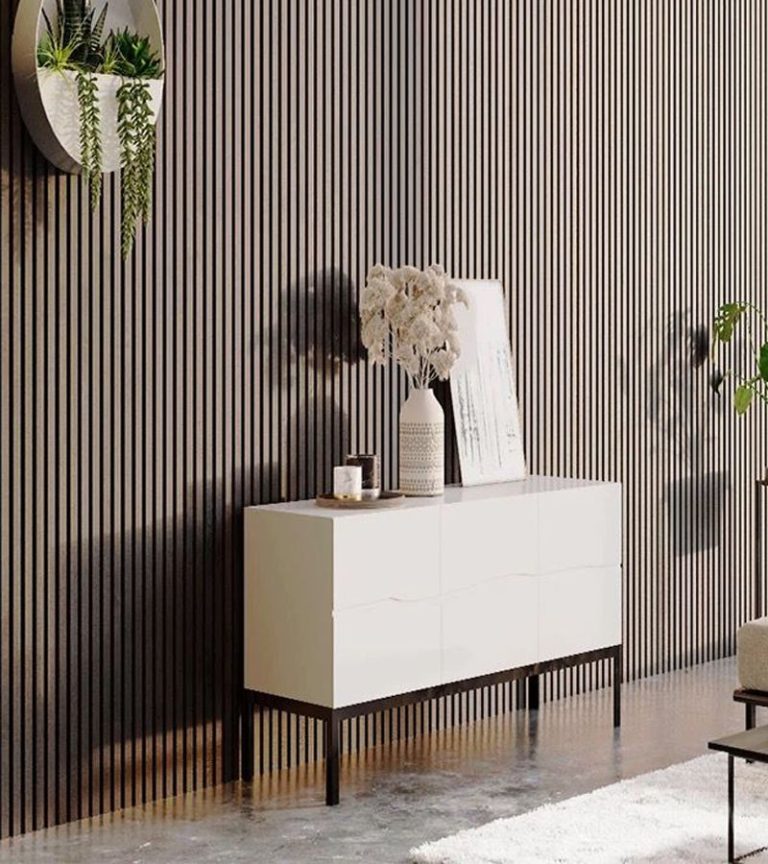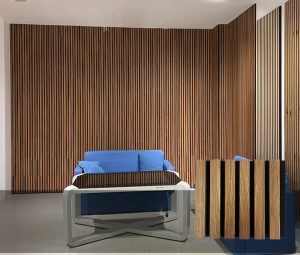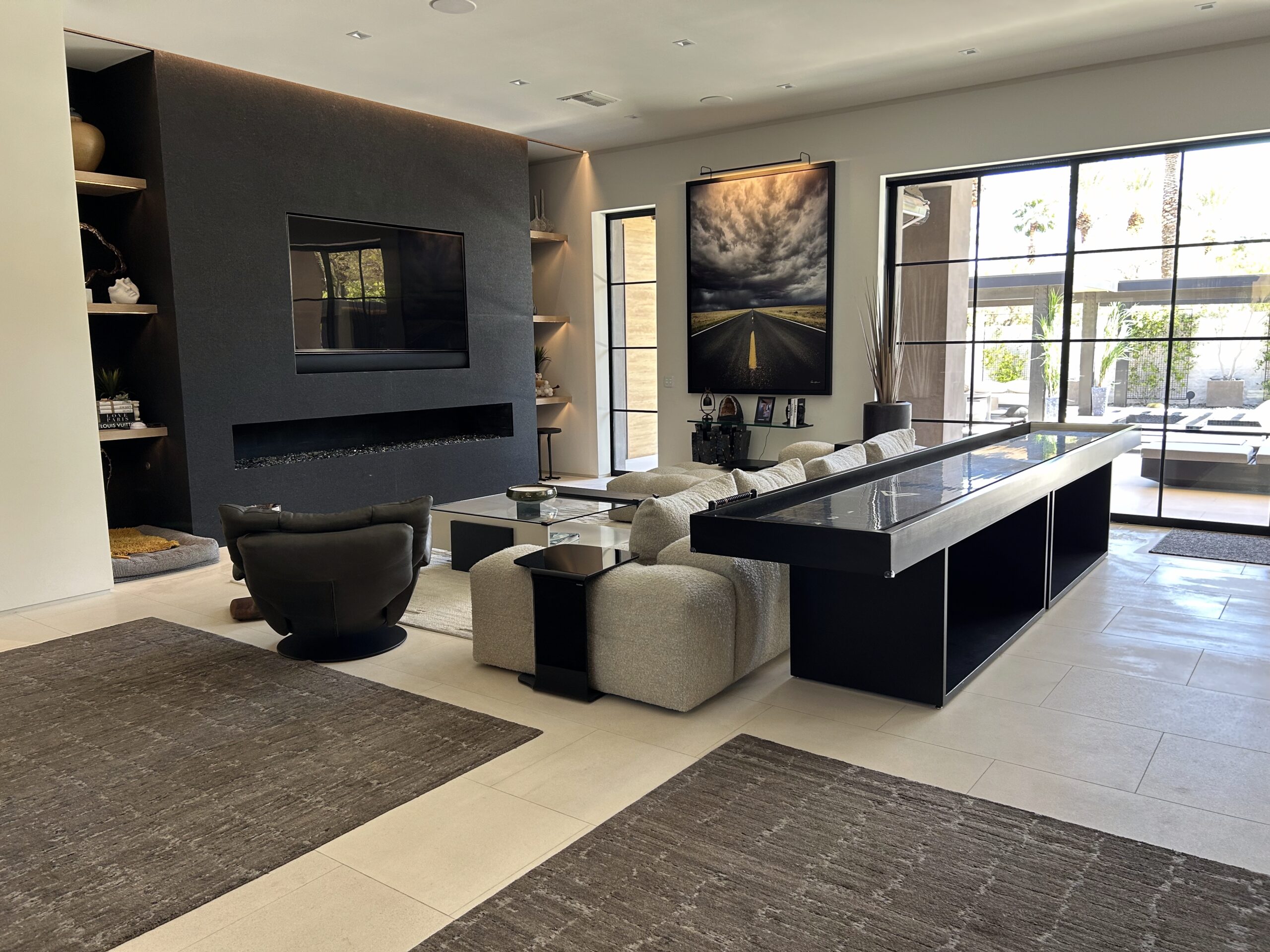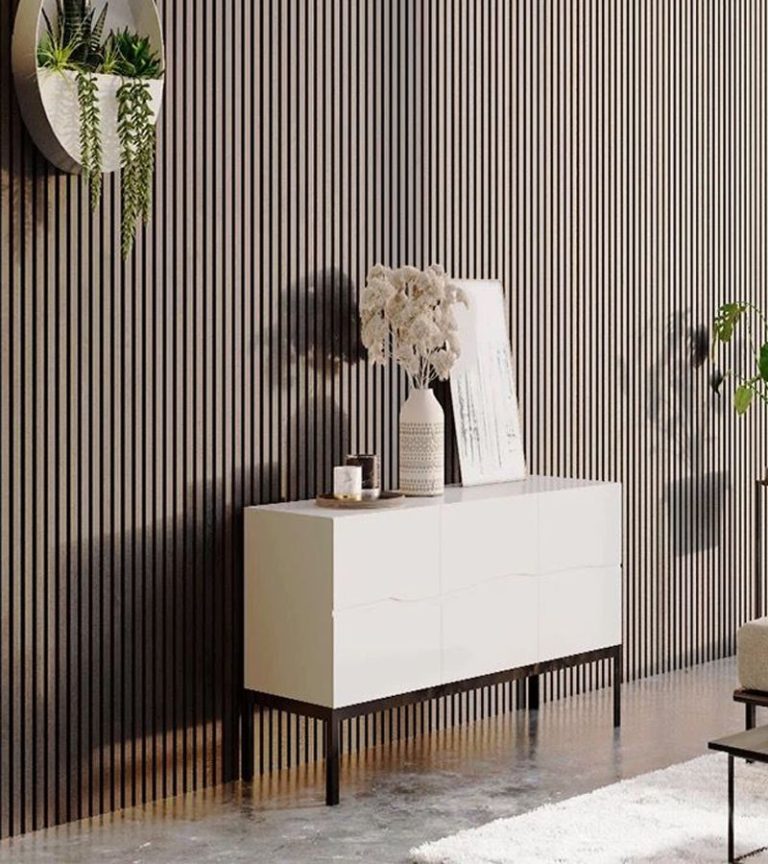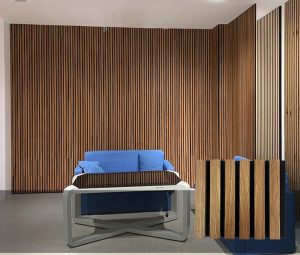Choose the Right Heavy Equipment Hauling Company for Your Needs
When transporting large machinery or oversized loads, selecting the right heavy equipment hauling company is critical to ensuring your assets arrive safely and on schedule. Whether you’re relocating construction equipment, agricultural machinery, or industrial tools, the company you choose must offer specialized expertise, appropriate equipment, and a proven track record. The process might seem daunting, but by following a few essential guidelines, you can confidently choose a hauler that fits your project’s scale, budget, and timeline.
Experience Matters
Transporting heavy equipment is a highly specialized field. You want a company that has a solid track record of moving similar machinery. Ask how long they’ve been in business and whether they have experience transporting equipment of your type and size.
Additionally, inquire about the qualifications of their drivers and operators. Experienced professionals will understand how to properly load, secure, and unload the equipment to minimize the risk of damage or accidents during transit.
Equipment and Fleet Capabilities
A reliable heavy equipment hauler should own or have access to a well-maintained fleet of vehicles and trailers suitable for various load types. Equipment such as hydraulic trailers, multi-axle configurations, and cranes may be necessary depending on your needs.
Ask potential companies about their available equipment and how they plan to handle your specific load. This is especially important if your transport involves unusual challenges like remote pickup locations, difficult terrain, or time-sensitive deliveries.
Transparency in Pricing
A trustworthy hauling company will provide a clear and detailed quote that includes all relevant costs such as fuel surcharges, permit fees, escort vehicles, and loading/unloading charges. Avoid vague or overly generic pricing estimates, as these can lead to hidden fees later.
Get quotes from at least three different companies and compare not just the prices, but also the services included. Remember, the lowest price doesn’t always mean the best service. Value should be assessed based on experience, safety record, equipment quality, and customer support.
Safety and Reputation
Safety should be a top priority for any heavy equipment hauling company. Look for a strong safety record and ask about their protocols for securing loads, conducting inspections, and training drivers. Many companies highlight this information on their websites or can provide documentation upon request.
Customer reviews and testimonials are also valuable. Check platforms like Google Reviews, Better Business Bureau, or industry-specific forums to get an idea of their service quality and reliability. Be wary of companies with inconsistent communication or a history of missed deadlines and damaged equipment.
Verify Licensing, Insurance, and Permits
Legitimate heavy equipment haulers should be fully licensed and insured. Always ask for their DOT number and check it against the FMCSA database to verify they are in good standing. This protects you in case of accidents, damage, or disputes.
For instance, oversized loads often require route planning to avoid low bridges, narrow roads, or restricted zones. A qualified hauling company will have experience managing these logistics and ensuring compliance with Department of Transportation (DOT) regulations. The Federal Motor Carrier Safety Administration (FMCSA) is an excellent resource for understanding hauling laws and safety requirements across the U.S.documentation.
Communication and Customer Service
The ability to communicate clearly and promptly is a strong indicator of a professional hauler. From initial contact to final delivery, you should expect regular updates, quick responses to inquiries, and proactive problem-solving.
A good company will keep you informed throughout the transport process and provide tracking or contact details for the driver. This level of communication adds peace of mind and helps you stay ahead of potential delays or issues.
Final Thoughts
Choosing the right heavy equipment hauler involves more than just finding someone with a truck and trailer. It requires careful evaluation of their credentials, equipment, experience, and commitment to safety and customer satisfaction. By taking the time to vet your options, you’ll protect your investment and ensure a smooth, successful transport experience.
When in doubt, prioritize companies that emphasize transparency, communication, and a solid safety record. These attributes often make the difference between a successful delivery and a costly mistake.



